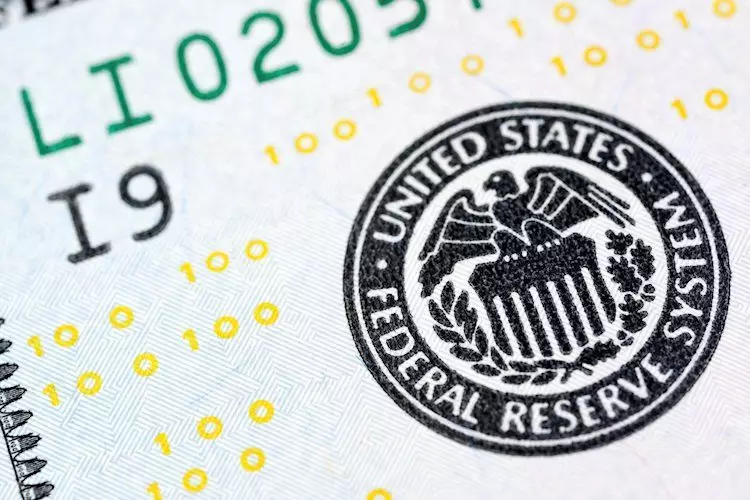In a recent statement, Federal Reserve Governor Adriana Kugler indicated a willingness to implement further interest rate reductions, contingent upon favorable developments in inflation rates. This perspective underscores a cautious yet proactive approach to monetary policy as the central bank navigates the complexities of a fluctuating economic environment. Kugler emphasized the importance of a “balanced approach” in crafting policies that not only target inflation control but also safeguard against a slowdown in both job growth and overall economic activity.
Kugler’s assertion that policy decisions will remain anchored in data highlights the Federal Reserve’s commitment to a responsive and adaptive strategy. With economic indicators signaling varying trends, the ability to pivot based on incoming data will be crucial in shaping future monetary policies. Recent external factors, such as the aftermath of Hurricane Helene and geopolitical tensions in the Middle East, add layers of uncertainty that could significantly sway the U.S. economic outlook. These global events necessitate vigilance and readiness to adjust policy quickly to mitigate potential adverse effects on employment and economic stability.
The potential need for expedited rate cuts hinges on whether downside risks to employment intensify. Kugler’s remarks underscore the delicate balance that the Fed must strike between fostering economic growth and controlling inflation. If the data suggests that inflation rates fail to align with the target of 2%, a more gradual normalization of interest rates may become necessary. This nuance reflects an understanding that economic dynamics are inherently tied to various domestic and international stimuli, requiring a finely tuned approach to monetary policy strategies.
Current Economic Indicators
As of the latest trading session, the U.S. Dollar Index saw a slight decrease of 0.12%, indicating its relative weakness against other major currencies, particularly the Japanese Yen. This trend could be indicative of evolving investor confidence in the U.S. economy amidst unfolding events that may influence economic performance. A visual representation of the percentage changes in currency value further illustrates the comparative landscape of the U.S. dollar against its counterparts, reflecting real-time perceptions and reactions in the global market.
The dialogue surrounding interest rates, inflation, and employment encapsulates a broader narrative of economic stewardship amid uncertainty. With Governor Kugler at the forefront of these discussions, it is evident that the Federal Reserve is committed to a thoughtful, data-driven policymaking framework. As they face myriad challenges, the importance of adaptability and vigilance in economic policy cannot be overstated. The coming months will be critical in determining how these strategies will unfold and their implications for collective economic health in the United States.

